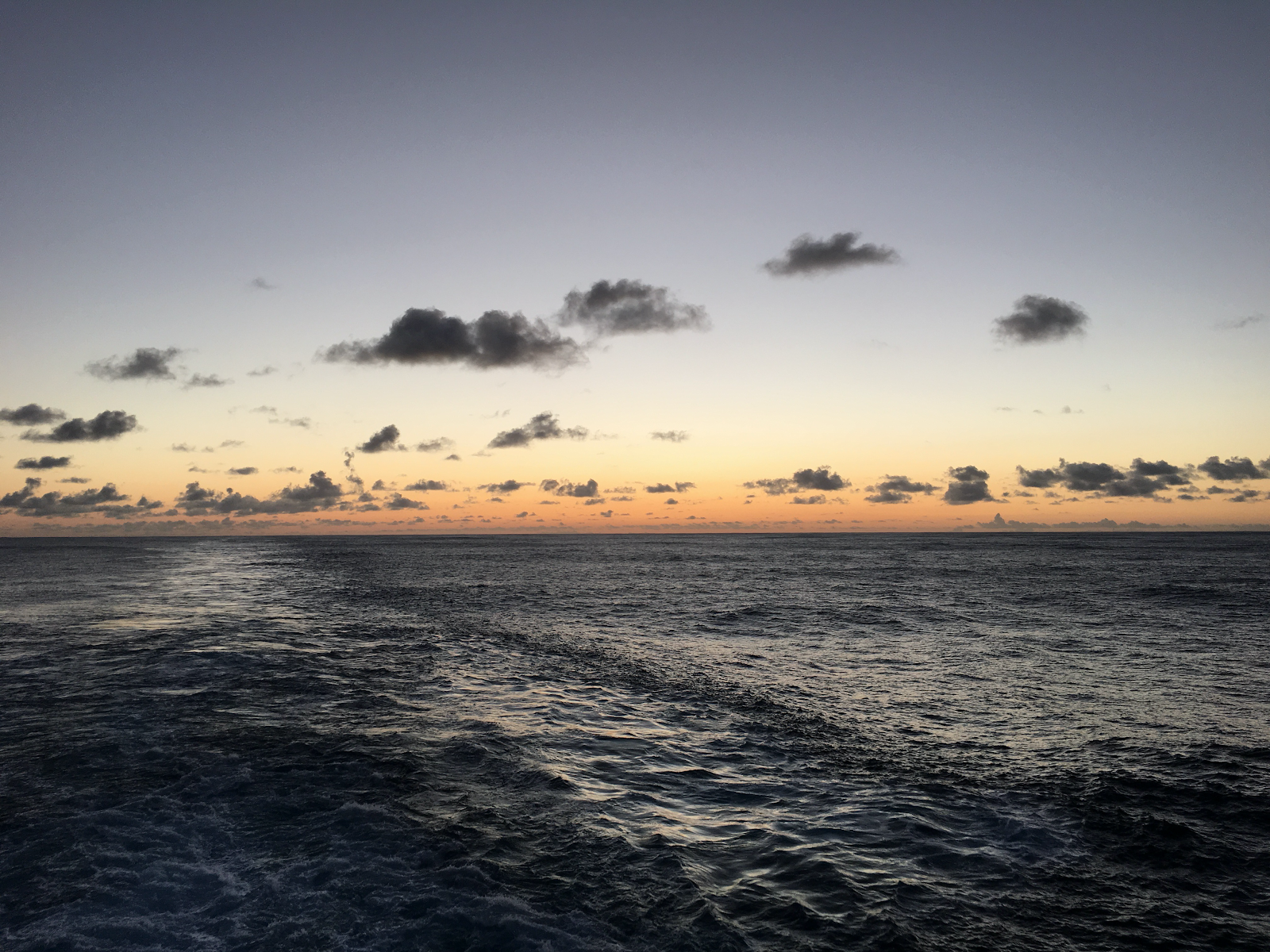In a year marked by raging wildfires, a global pandemic, and social unrest over racial injustice, I’ve been compelled to take account of both my social and environmental privilege. As I learn more about the field of environmental justice, I’m realizing it needs to be a critical part of my career in ocean conservation science and policy.
Growing up in an upper-middle-class suburb of Los Angeles, I had the privilege of consistent access to clean air, whole foods, and clean water. My hometown is relatively diverse, with a population that’s about two-thirds Hispanic, 17% White, and 13% Asian. Although most people might assume I am white, I grew up in a biracial family: my mother is Asian American and my father is a German immigrant.
Despite the racial diversity of my neighborhood and family, I did not fully understand that my environmental privilege was linked to my access to a healthy and safe environment. As a lifelong environmentalist, I have had a clear goal of helping to sustainably manage and conserve our earth's natural ecosystems. Despite this drive to leave the world better than I found it, I have, in the past, failed to realize how environmental issues disproportionately affect marginalized communities.

My mom and baby me at the North Sea, in my father’s home country of Germany, in 1996 (left). Me at a beach Hawai’i, where my mother’s family lives, in 2018 (right).
In order to address this gap, I’m working to learn more about environmental justice, especially where it intersects with ocean issues, in my own life, and as part of my California Sea Grant fellowship with the Monterey Bay Aquarium.
According to the House Select Committee on the Climate Crisis Report, 2020, environmental justice is:
“The fair treatment and meaningful involvement of all people regardless of race, color, culture, national origin, or income, with respect to the development, implementation, and enforcement of environmental laws, regulations, and policies.”
Primarily focused on human health concerns, the environmental justice movement gained mainstream traction in civil rights organizations by the late 1980s. Some of the first research in this field linked the siting of hazardous waste landfills to the location of predominantly African American communities. Additional studies have established that environmental injustice is far-reaching and affects almost all marginalized communities in the United States.
One of the most well-known examples of this is the Dakota Access Pipeline, designed to carry crude oil from North Dakota to Illinois, including underneath the Missouri River. The impacts of this pipeline on land use and water would quality negatively and disproportionately affects the Standing Rock Sioux Tribe that depends on these natural resources. Another infamous example is the water crisis in Flint, Michigan, where poor government decision-making led to dangerous levels of lead contamination in the community’s drinking water. This health hazard disproportionately impacted a majority African-American community, where approximately 45 percent of its residents live below the poverty line.
Environmental justice is a pressing issue even here in California. For example, 70% of the 1,071 active oil wells in the city of Los Angeles are located within 1,500 feet of homes, schools, hospitals, or other sensitive areas. In low-income areas, such as South Los Angeles and Wilmington these sites are on average 260 to 315 feet closer to residential areas than higher-income areas, such as West LA and Wilshire.
What does environmental justice have to do with the ocean?
I’m still new to understanding this issue, so I am looking to the many organizations that have been leading the way on environmental justice and ocean issues.
One of these is the California Indian Environmental Alliance (CIEA), which has been raising awareness on mercury contamination and tribal health. Mercury pollution in fish disproportionately impacts tribal communities, where fish play an important role in diet and culture.
Environmental justice issues and ocean issues on the border of the United States and Mexico are championed by organizations such as WildCoast and the Environmental Health Coalition. One such issue is the pollution of the Tijuana River Watershed and the nearby Latinx communities, both in California and Mexico, by maquiladoras. Maquiladoras are factories in Mexico that are run by a foreign company and export their products to that company’s home country. These foreign-owned factories dump waste into waterways and create air pollution for the primarily Latinx communities that reside in close proximity to these maquiladoras.

Photo taken from a ship in the middle of the Pacific Ocean.The environmental impacts of climate change disproportionately affect lower socioeconomic communities of color and indigenous communities. The California Environmental Justice Alliance (CEJA) works to promote climate policies that include the communities that are feeling the effects of climate change the most. Their work is helping to ensure that communities experiencing environmental injustices are prioritized in the state’s climate policy.
Learning from organizations that are leading the way has been helpful for me as I become more aware of environmental injustices. I am new to learning about environmental justice, and I am early in my career working on ocean issues. It is my hope that as my career and understanding of environmental justice advance, they will grow together and eventually become more interconnected. Using environmental justice as a lens to understand ocean issues is not only important but also necessary in order to sustainably manage and conserve our ocean.
For more information on the environmental justice leaders mentioned above:
- To learn more about mercury pollution, visit the CEIA website.
- To learn more about the work to reduce pollution in the Tijuana River Watershed, visit the Environmental Health Coalition's website.
- To learn more about climate change and environmental justice, visit the CEJA website.
